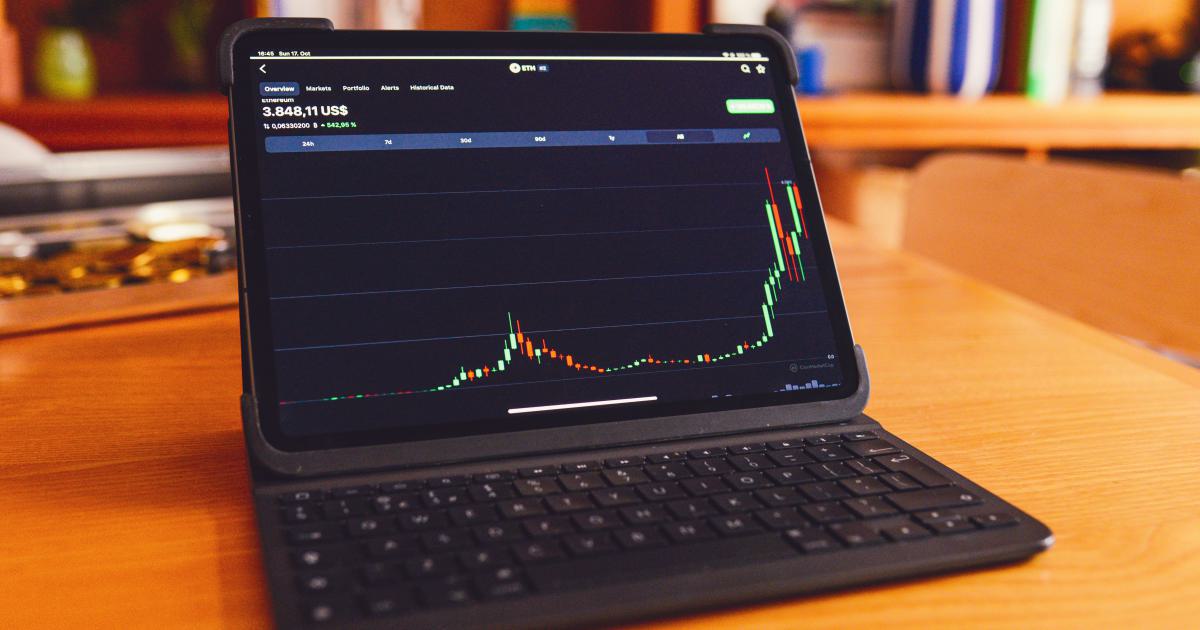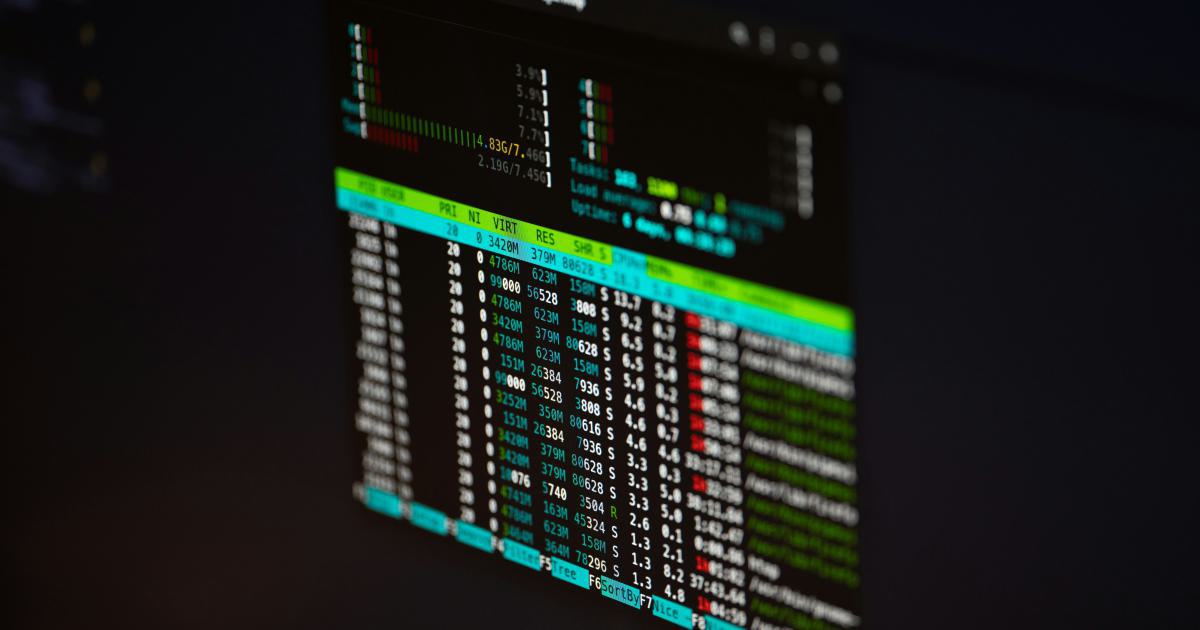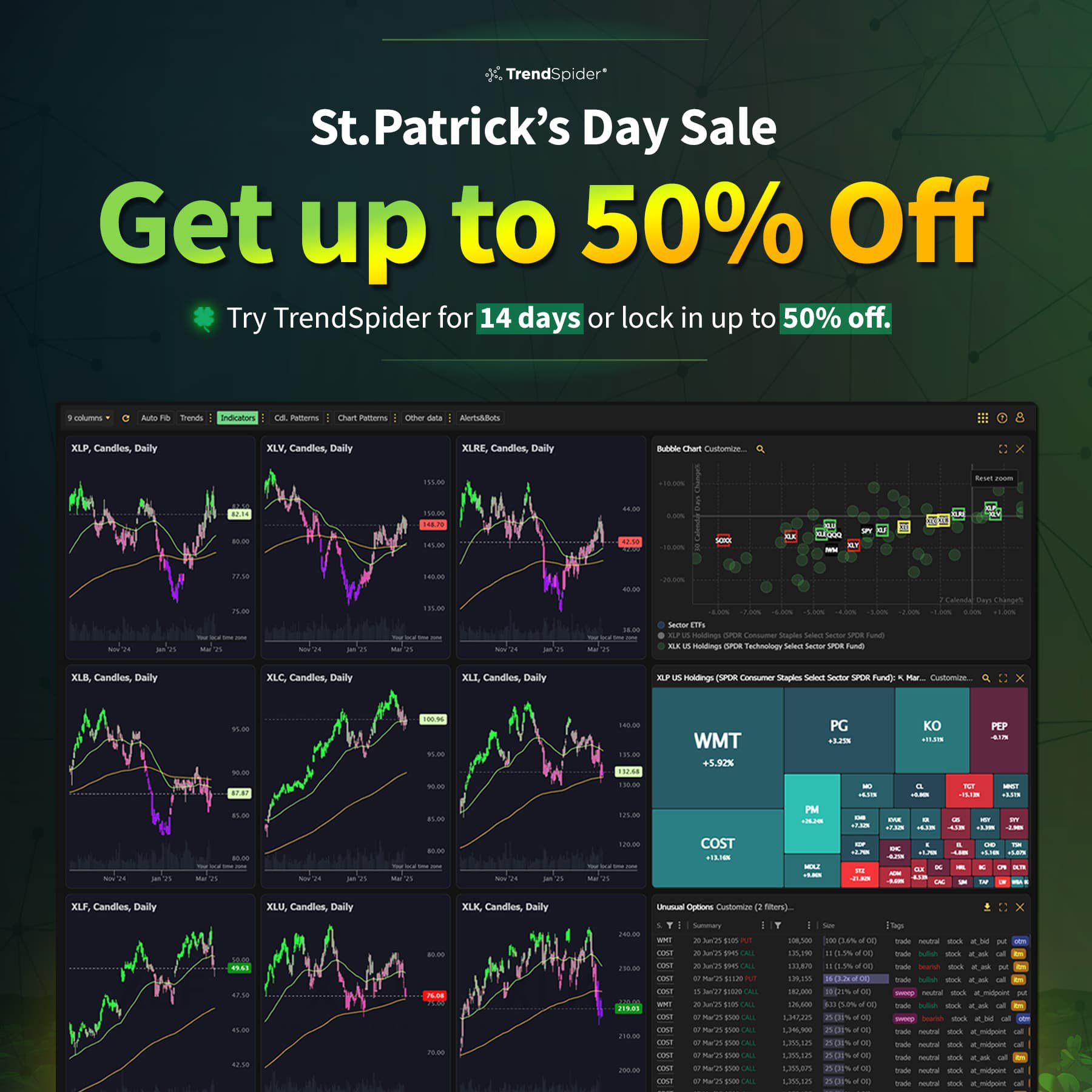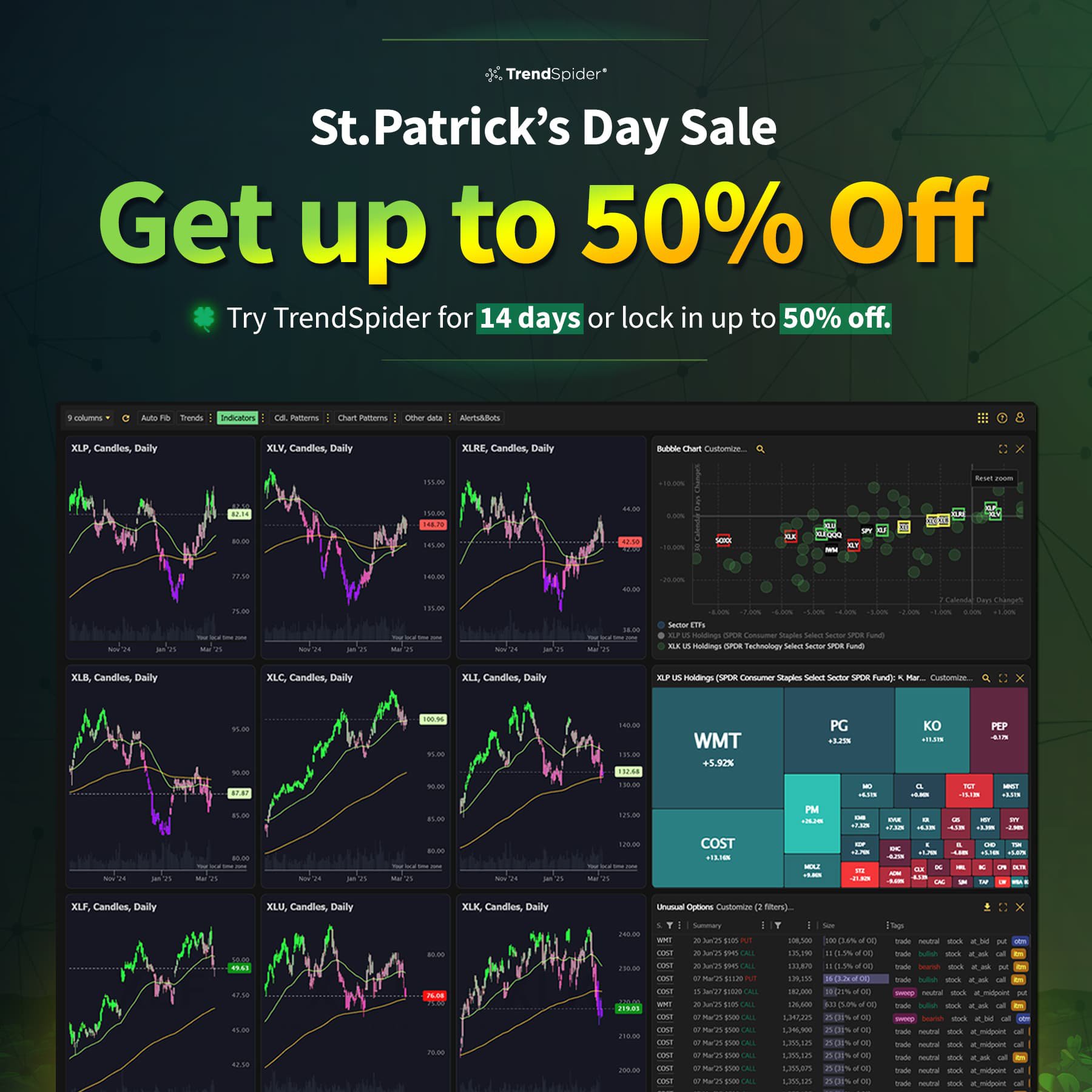Boost Trading Efficiency Through Interactive Brokers Tools

In today's fast-paced financial markets, having the appropriate trading tools with interactive brokers tools integrated into your workflow is crucial for success. As technology evolves and trading networks expand, brokers have developed advanced solutions designed to streamline trading processes while improving efficiency and reducing costs. This article provides a deep dive into how you can boost trading efficiency using interactive brokers tools, examining their functionalities, comparative advantages, and strategic applications in trading. Whether you're a seasoned trader or just starting out, understanding these tools can deliver a significant edge in executing trade strategies and managing risk effectively.
Introduction to Interactive Brokers Tools
Interactive Brokers has long been known as a pioneer in electronic trading, offering a suite of robust tools aimed at accelerating trade execution, providing real-time market data, and managing portfolio risk. Their platform is engineered to meet the demands of high-frequency traders, institutional investors, and retail traders alike. This comprehensive analysis will explore the vital role these tools play, starting from simple order executions to complex algorithmic trading, and demonstrate actionable solutions that lead to more efficient trading.
The Evolution of Trading Technology
Over the years, technological advancements have revolutionized trading. From the days when orders were placed over the phone or in person, to now relying on sophisticated algorithms that analyze vast data sets in milliseconds, the landscape has transformed dramatically. Interactive brokers tools represent the frontier of this evolution, blending human insight with machine precision. They are designed to minimize latency, maximize liquidity access, and equip traders with the capability to make informed decisions swiftly.
Trading technology continues to advance in several key ways:
- Automation of trade executions.
- Real-time risk management and margin monitoring.
- Enhanced analytical capabilities for market research.
- Integration of third-party platforms for more comprehensive analysis.
These advancements ensure that traders can not only stay competitive but also capitalize on market opportunities with precision and efficiency.
Key Interactive Brokers Tools Overview
Interactive brokers tools encompass various functionalities that are essential for modern trading. Some of these include:
- Trader Workstation (TWS): The flagship platform offering advanced charting, algorithmic trading modules, and a customizable dashboard.
- IBKR Mobile: A mobile app that provides access to markets on the go, enabling seamless trades, market data access, and portfolio monitoring.
- API Services: Tools for developers to create custom algorithms and integrate trading operations into proprietary systems.
- Risk Navigator: A risk management tool designed to help traders simulate market conditions, assess portfolio exposures, and prepare for adverse market movements.
Each of these tools plays a critical role in enhancing the trading experience and improving overall efficiency.

Deep Dive into Trader Workstation (TWS)
Trader Workstation (TWS) is the central hub for executing complex trading strategies. It provides traders with a vast range of functionalities that are essential in today's volatile markets. In this section, we explore how TWS can be leveraged to its full potential for increasing trading efficiency.
Customizing Your Trading Environment
One of the most powerful features of TWS is its highly customizable interface. Customization is not just about aesthetics; it’s about aligning the trading workspace with your specific trading strategies. Traders can set up multiple monitors with real-time data in various formats such as charts, tables, and news feeds.
Key customization tips include:
- Widget Arrangement: Organize widgets (market scanners, charts, order entry panels) based on personal trading priorities.
- Shortcut Commands: Use keyboard shortcuts for rapid order execution and navigation across different screens.
- Alert Systems: Set up real-time alerts for price movements and economic indicators.
- Layout Customization: Save custom layouts for different trading sessions, ensuring you have the right tools at the right time.
These options enable traders to maintain a structured, intuitive environment, ultimately boosting decision-making speed and accuracy.
Advanced Order Types and Automated Trading
Interactive brokers tools extend far beyond merely executing standard market orders. TWS supports a wide range of advanced order types which can drastically reduce reaction times in fast-moving markets. Some of the advanced functionalities include:
- Conditional Orders: Orders that are executed once certain conditions are met, which helps in automating entry and exit tactics.
- Bracket Orders: These allow traders to set predefined stop-loss and take-profit levels, ensuring a measure of risk management is automatically applied.
- Algo Trading: Traders can utilize built-in algorithms for specific strategies, such as VWAP, TWAP, or custom strategies developed using IBKR’s API.
The integration of automated trading strategies reduces the complexity associated with manual orders while ensuring consistent application of trading parameters. Often, traders use these features to enter positions at optimal levels, thereby enhancing the overall trading efficiency.
Real-World Example: Utilizing TWS for Day Trading
Consider a day trader who competes in a highly dynamic market environment. This trader uses TWS to build a custom interface featuring live market tickers, heat maps, and a consolidated order entry system. By integrating interactive brokers tools directly into the platform, the trader is able to execute bracket orders that automatically adjust based on intraday volatility. This automation minimizes the risk of emotional trading and allows the trader to focus on strategic decisions rather than operational details.
In practice, this means the trader can set specific thresholds for profit-taking and losses, which ensures that each trade is executed with predetermined risk control parameters. By relying on a robust tool set like TWS, the day trader is able to enter and exit trades rapidly, reducing slippage and ensuring that the strategy is executed as intended.
Leveraging IBKR Mobile for On-the-Go Trading
While desktop platforms like TWS provide a comprehensive suite of tools, the IBKR Mobile app complements them by offering around-the-clock access to markets. This is particularly useful for traders who need to monitor positions and execute orders even when they are away from their primary workstations.
Features of IBKR Mobile
IBKR Mobile replicates many of the functionalities found in TWS but with an interface designed for mobile devices. The app is optimized to provide a seamless user experience, allowing traders to swiftly place orders, review real-time market data, and monitor portfolio performance. Key features include:
- Real-Time Alerts: Receive push notifications for important market events, ensuring that critical changes are not missed.
- Simplified Interface: A user-friendly design that emphasizes quick access to key trading features.
- Secure Trading: Enhanced security protocols to safeguard user information and trade data.
- Customizable Watchlists: Enable traders to monitor specific securities or indices that are most relevant to their strategies.
The flexibility provided by IBKR Mobile ensures that traders remain connected to the global markets, even when they are not in front of their computers. This constant connectivity reduces reaction times to market movements, which is pivotal in volatile trading environments.
Strategic Advantages of Mobile Trading
The ability to trade on the go offers several strategic advantages:
- Increased Flexibility: Execute trades from anywhere, reducing the dependency on fixed workstations.
- Timely Decision Making: Immediate access to market information helps in reacting to sudden shifts in market conditions.
- Efficient Risk Management: Continuous monitoring allows for timely adjustments and management of open positions.
- Enhanced Accessibility: Particularly beneficial for traders in different time zones who need to manage global market exposure.
For instance, consider a trader monitoring an important economic announcement that triggers a market movement. With IBKR Mobile, the trader can quickly assess the situation and execute a trade or adjust stop-loss orders, mitigating potential losses due to market swings.

Automating Trades with API Services
The API services offered by Interactive Brokers are a game-changer for algorithmic and high-frequency trading. By automating trades, investors can eliminate human error, reduce emotional influence, and capitalize on fleeting market opportunities.
Understanding IBKR API Services
IBKR's API services empower developers and traders to create custom applications that interact directly with the Interactive Brokers platform. These APIs support various programming languages and allow seamless integration of personalized trading algorithms. Key features include:
- Real-Time Data Feeds: Access to continuous market data streams that are crucial for algorithmic strategies.
- Order Management: The ability to automate order entry, modification, and cancellation based on predefined conditions.
- Historical Data Access: Retrieve historical market data to back-test strategies and optimize performance.
- Custom Alerts: Set up notifications based on algorithmic thresholds or specific market conditions.
By leveraging API services, traders can implement sophisticated strategies that adapt to market conditions in real time, ensuring that trades are executed precisely when signals are triggered.
Programming Considerations for API Integration
Integrating IBKR’s API services into your trading infrastructure involves several critical steps:
Define your trading strategy clearly, focusing on triggers and risk management parameters.
Familiarize yourself with the IBKR API documentation, which provides detailed guidelines and code examples.
Develop and test your algorithm using historical data to ensure its reliability.
Monitor the algorithm in a simulated environment before deploying it to live markets.
Continuously optimize the algorithm based on performance metrics and evolving market conditions.
Successful Use Case: Algorithmic Trading Integration
A prominent hedge fund integrated IBKR's API services into its trading models to execute high-frequency trades. The fund's proprietary algorithm continuously scanned for arbitrage opportunities across multiple exchanges. After identifying a price discrepancy, the algorithm triggered simultaneous orders to capture the profit margin quickly. This approach not only streamlined the operational process but also reduced the latency associated with human decision-making, resulting in improved trade execution and higher returns.
The success of this integration highlights the crucial role that automated systems play in contemporary trading, illustrating how interactive brokers tools can transform trading strategies.
Enhancing Risk Management with Risk Navigator
Effective risk management is at the core of successful trading strategies, and Interactive Brokers provides the Risk Navigator tool to help traders stay ahead of potential market pitfalls. Risk Navigator is designed to simulate various market conditions and assess their potential impact on a trader's portfolio.
Key Features of Risk Navigator
Risk Navigator offers several functionalities that are indispensable for robust risk management:
- Comprehensive Risk Analysis: Provides detailed analysis of portfolio risk in real time, allowing traders to understand exposure and volatility.
- Scenario Analysis: Simulate different market conditions such as sudden market crashes or unexpected surges, helping you prepare for adverse scenarios.
- Real-Time Monitoring: Continuously tracks changes in the portfolio, alerting traders to deviations from their risk thresholds.
- Visual Representation: Graphical tools and charts that provide clear insights into portfolio performance and potential risk areas.
Traders can set custom parameters within Risk Navigator to automatically simulate the impact of specific events, ensuring that strategic adjustments can be made ahead of time. This proactive approach significantly minimizes the chance of unexpected losses and helps in maintaining a balanced risk profile.
Implementing Risk Navigator in Trading Strategies
To effectively harness the power of Risk Navigator, consider the following steps:
Baseline Evaluation: Begin by assessing your current portfolio to understand existing risk exposures.
Tolerance Thresholds: Define acceptable levels of risk for different market conditions.
Scenario Simulation: Regularly simulate adverse scenarios and adjust your positions to mitigate potential impacts.
Regular Monitoring: Use Risk Navigator’s real-time monitoring to continuously track portfolio performance.
Feedback Loop: Evaluate the outcomes of simulated scenarios to refine strategies and set more precise risk thresholds.
Real-World Example: Preparing for Market Volatility
Imagine a portfolio manager overseeing a diversified portfolio that includes stocks, bonds, and commodities. By using Risk Navigator, the manager can simulate a scenario where a sudden geopolitical event causes severe market fluctuations. During the simulation, interactive brokers tools within Risk Navigator highlight vulnerabilities in the portfolio, prompting the manager to rebalance positions and implement protective stop-loss orders. This proactive application of risk management tools not only minimizes potential losses but also enhances long-term portfolio stability under volatile conditions.
Best Practices and Strategies for Maximizing Efficiency
To truly leverage the capabilities of interactive brokers tools, traders should adopt best practices that enhance both system usage and overall trading strategy. In this section, we explore actionable recommendations based on expert insights and real-world trading scenarios.
Comprehensive Training and Platform Mastery
Before relying heavily on advanced tools such as TWS, IBKR Mobile, API services, and Risk Navigator, it is essential to invest time in training and familiarization with the platform. Interactive Brokers offers numerous webinars, tutorials, and user guides designed to help traders master every aspect of its tools. This foundation ensures that traders can utilize all advanced features effectively and avoid common pitfalls associated with improper usage.
Key training steps include:
- Webinars and Workshops: Attend regular sessions provided by Interactive Brokers to stay updated with the latest platform features.
- Simulation Environments: Use paper trading platforms to test strategies without risking capital.
- User Communities: Engage with online forums and communities to share insights and learn from experienced traders.
- Documentation Review: Regularly consult the comprehensive documentation to uncover lesser-known functionalities that can boost efficiency.
Integrating Multiple Tools for a Cohesive Strategy
Maximizing trading efficiency is not solely about using individual tools in isolation. The strength of interactive brokers tools lies in the seamless integration of various functionalities to create a well-rounded trading strategy. For instance:
- Combine TWS and API: Use TWS for its customizable trading environment in conjunction with API services to automate routine tasks.
- Utilize Mobile Platforms: Complement desktop strategies with mobile access to ensure round-the-clock market connectivity.
- Incorporate Risk Management: Consistently apply risk management strategies using Risk Navigator to protect gains and minimize losses.
- Data-Driven Decisions: Leverage real-time and historical data across all platforms to fine-tune strategies based on market trends.
Algorithmic Trading: Balancing Innovation and Risk
Algorithmic trading represents a significant shift in how trading decisions are made, driven largely by advanced data analysis and automation. However, it is crucial to strike a balance between technological innovation and practical risk management.
Here are some strategic approaches for successful algorithmic trading:
- Backtesting: Conduct extensive backtesting using historical data to evaluate the performance of algorithmic strategies before live deployment.
- Regular Audits: Periodically review and adjust algorithms to ensure they remain effective in changing market conditions.
- Hybrid Strategies: Combine automated systems with discretionary oversight, enabling human intervention when necessary.
- Robust Infrastructure: Invest in reliable computing resources, cybersecurity measures, and failover systems to handle unexpected technical issues.
Expert Tips for Optimizing Interactive Brokers Tools Usage
Always start with a clear, data-backed trading plan before integrating any automated system.
Use the demo or sandbox environments available on the platform to test out new features.
Customize alert settings meticulously to prevent information overload while still capturing critical trading signals.
Stay updated with platform updates and new functionalities released by Interactive Brokers.
Consider joining advanced courses or hiring a professional mentor to accelerate your learning curve in utilizing these tools effectively.
Future Trends in Trading Technology
As markets continue to evolve, so too will the tools and technologies that support them. Interactive Brokers is committed to staying at the forefront of these changes, continuously enhancing its offerings to meet emerging needs. Some future trends expected to further enhance trading efficiency include:
Artificial Intelligence and Machine Learning
The integration of AI and ML is transforming how trading strategies are conceptualized and executed. Future enhancements may include:
- Predictive Analytics: Using AI to predict market movements based on historical trends and real-time data.
- Sentiment Analysis: Integrating market sentiment analysis tools that gauge investor emotions and news impact.
- Adaptive Algorithms: Developing algorithms that self-adjust based on market conditions without human intervention, thus further improving efficiency.
Enhanced Connectivity and Globalization
The ongoing globalization of markets demands improved connectivity and data integration. Upcoming enhancements might focus on:
- Broader Market Access: Expanding tool capabilities to include emerging markets, providing traders with a broader spectrum of opportunities.
- Faster Data Feeds: Improving data transmission speeds and reducing latency across the board.
- Cross-Platform Integrations: Streamlining how different trading tools interact, enabling seamless transitions between desktop, mobile, and API-driven strategies.
Blockchain and Security Enhancements
As cyber threats continue to evolve, so must the security protocols associated with trading platforms. Future innovations may include:
- Enhanced Encryption: Utilizing blockchain technology for secure, tamper-proof transaction records.
- Decentralized Networks: Implementing decentralized trading infrastructures to minimize systemic risks.
- Advanced Authentication: Introducing multi-factor and biometric authentication measures to safeguard trader accounts.
Preparing for the Future: How to Stay Ahead
For traders, staying ahead means remaining informed about technological advancements. Keeping an eye on updates from providers like Interactive Brokers and participating in continuous learning can be a game changer. Embracing these future trends not only prepares traders for the inevitable digital transformation of financial markets but also bolsters their competitive edge.
Conclusion: Maximizing Trading Efficiency
Boosting trading efficiency is a multifaceted goal that involves embracing cutting-edge tools, mastering platform functionalities, and constantly evolving your strategy to adapt to market conditions. Interactive brokers tools provide a comprehensive suite for every aspect of trading—from executing complex orders on Trader Workstation and staying connected via mobile platforms, to automating trades using API services and managing risk with Risk Navigator.
Successful traders leverage these tools to enhance their decision-making process, reduce operational errors, and ultimately, seize market opportunities with precision. By investing in learning, customization, and strategic integration of interactive brokers tools, traders can achieve not only improved efficiency but also sustainable long-term trading success.
As technological advancements continue to reshape the trading landscape, it's imperative to stay adaptable and innovative. Whether you're utilizing rigorous algorithms, navigating volatile markets with real-time data, or safeguarding your investments using proactive risk management, the future of trading lies in the intelligent application of technology. Embrace these tools, stay informed, and watch your trading endeavors flourish in a dynamic market environment.
Remember, the journey to trading success is ongoing, and continuous refinement of your strategies, coupled with technological integration, is the key to maintaining a competitive edge. Harness the power of interactive brokers tools today, and position yourself to capitalize on the evolving intricacies of global markets.
Unlock Trading Potential with Automated Analysis
Tired of missing opportunities and making suboptimal trading decisions? TrendSpider's cutting-edge platform automates complex technical analysis, saving you time and reducing human error.
With multi-timeframe analysis, dynamic alerts, backtesting, and customizable charting, you'll gain a competitive edge in identifying trends and making informed trades across global markets.
Unleash the Power of Automated Trading Analysis
Are you struggling to keep up with the fast-paced trading world? TrendSpider empowers you with cutting-edge tools for optimal strategy execution.
Our automated technical analysis suite eliminates guesswork, backtests strategies, and delivers real-time alerts, saving you valuable time and effort.




